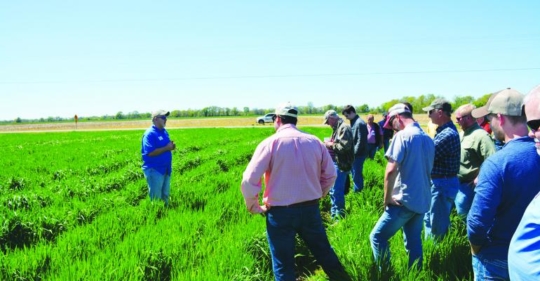Explore our blog featuring articles about farming and irrigation tips and tricks!
Cover Crops: 9 Ways To Make Them Pay In 2019

By: Forrest Laws
“We let the cover crop get as tall as it can,” says Adam Chappell, a no-till corn, cotton, rice, and soybean farmer at Cotton Plant, Ark. “We’ve learned that the bigger the cover crop gets, the more biomass we get, and the more diverse the cover crop the bigger the benefits.”
He plants his commercial crops into the green cover, then kills the cover with herbicides before the crops emerge. But, he says he understands why some growers might be reticent about the practice.
“I’ve heard growers say that if the cover crop gets that big, you can’t plant into it,” he said at a Cover Crops Conference held by the Arkansas Soil Health Alliance. “But, you can plant into it — you don’t need anything special. The equipment we use is probably the same type of planter you have.”
Chappell says he learned much of what he knows about cover crops by watching YouTube videos done by cover crop enthusiasts in other parts of the country. Here are some tips for growing cover crops that he and other proponents have developed for the Mid-South:
Stay up to date on all T-L news and get alerts on special pricing!


